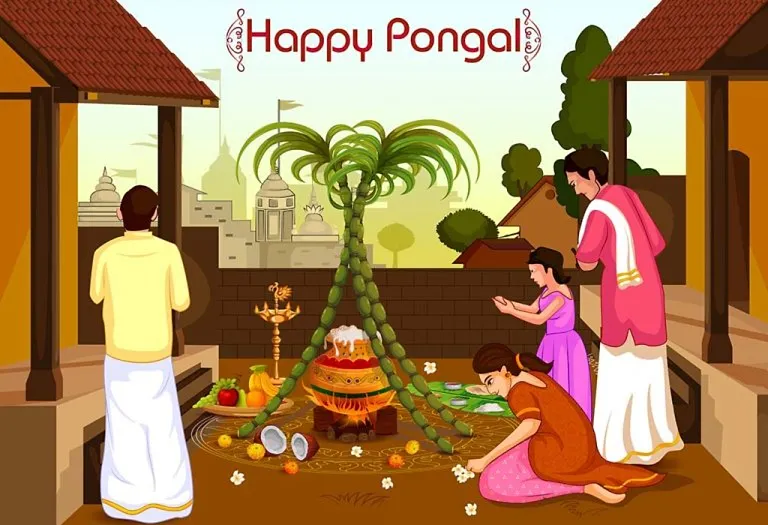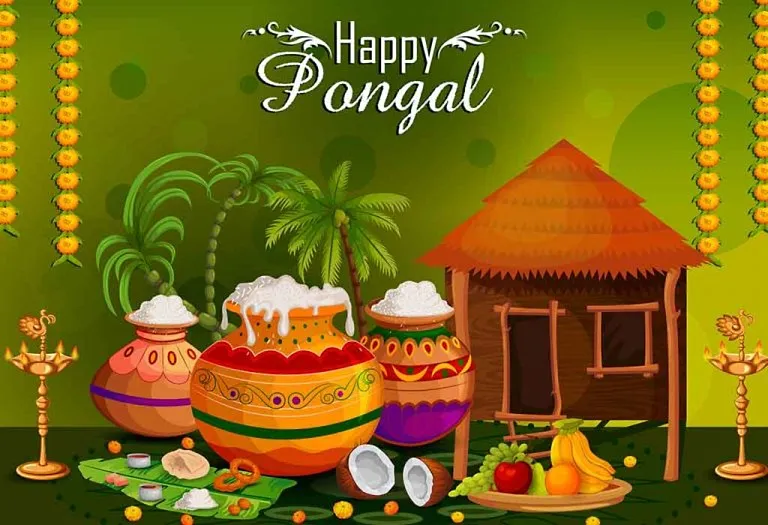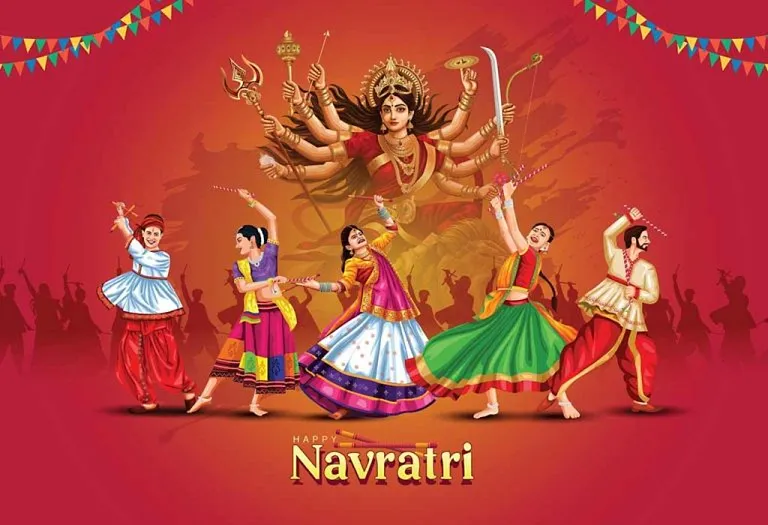Pongal 2026 – History, Significance and Traditions
Celebrate Pongal 2026 with joy! Learn about its history, cultural significance, and cherished Tamil harvest traditions
- History of Pongal
- Pongal – Customs, Traditions and Importance
- Traditional Gift Items You Can Gift on Pongal
- How is the Pongal Festival Celebrated?
- The Many Faces of Pongal: Celebrating Diversity
- Popular Pongal Dishes
- Is There Any Connection Makar Sankranti, Lohri and Pongal?
- Interesting Facts About Pongal Festival
- FAQs
“The Pongal Festival, starting from January 14th to 17th in 2026, stands as a cherished beacon in Tamil culture, celebrating the sun’s return journey northward after the winter solstice. Over these four days, communities engage in vibrant rituals and activities that reflect deep agricultural thanksgiving and a renewal of cultural ties. The festival not only honors traditional customs but also embraces the spirit of togetherness and hope. As the festivities reach their zenith, the warm and unifying greeting of ‘Happy Pongal 2026’ resonates, symbolizing a shared optimism for the year ahead.”
History of Pongal
Pongal, a four-day celebration, begins on the last day of the Tamil month ‘Margazhi’ and concludes on the third day of ‘Thai’, hence it’s often called ‘Thai Pongal’.
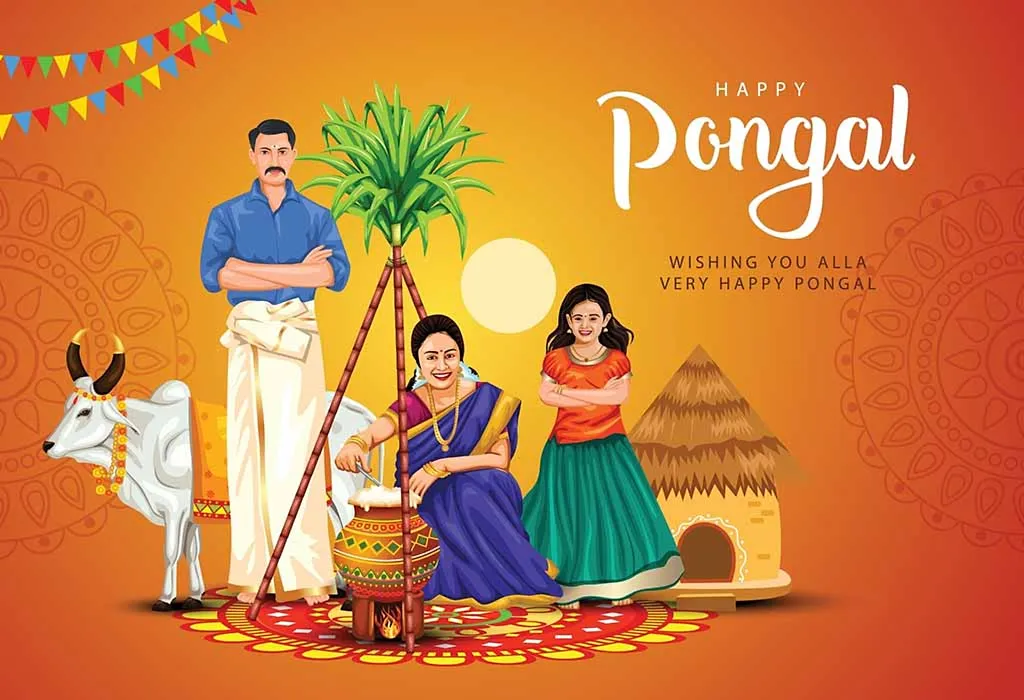
Pongal – Customs, Traditions and Importance
Also known as the Thai Pongal, the festival starts by boiling white rice and paying respects to the Sun God. Tamilians wake up early in the morning and decorate their homes using rice powder. Designs such as kolams are hand-drawn to please Goddess Lakshmi and invite wealth, prosperity, and happiness into their homes.
Most household recipes and dishes are made from rice, lentils and legumes, and jaggery during this occasion. Weddings happen during this time of the year as Pongal is considered to be a holy event. Pongal also helps out the farmers as crops like rice, sugarcane, and turmeric are harvested.
The significance of Pongal extends beyond its vibrant customs and traditions; it embodies a profound connection with nature, agriculture, and celestial elements. This festival is a time-honored reminder of the symbiotic relationship between humans and the environment, highlighting the importance of gratitude and respect for the natural world. Celebrating Pongal reinforces these values, fostering a sense of community and continuity of age-old traditions in modern times.
Traditional Gift Items You Can Gift on Pongal
Some traditional gift items you can gift on Pongal are:
- Flowers and plants that bring good luck are ideal for Pongal. If you’re not sure what to gift, gift your loved ones these since they are relevant to the festival.
- Artistic calenders, diaries and journals which contain traditional designs of deities are also good gifts. There are numerous options available these days and you can buy these based on the wants of the recipient or how they intend to use it.
- Traditional gift sets like puja thalis and collections that include diyas, incense sticks, bells, and book stand.
- For the kids, gifting toys and games like stuffed animals, videogame consoles, cricket and sports sets, footballs, and Barbie dolls work best.
- Dry fruit gift sets last longer and have an assortment of treats to offer. You can pair these with sweets and chocolates too.
- Handwoven clothing like sarees, dhotis, or kurtas with ethnic designs; ideal for those who appreciate traditional attire.
- Ethnic jewelry, including jhumkas, bangles, and necklaces that reflect Tamil culture; perfect for adding a cultural touch.
- Cookware and utensils, particularly brass or copper pots and traditional cooking tools; a practical gift for food enthusiasts.
- Homemade sweets and savories such as Pongal, Murukku, or Payasam mix; a personal and heartfelt culinary treat.
- Spiritual or religious books that explore Tamil culture, folklore, or spiritual texts; great for those interested in cultural heritage.
- Home décor items with ethnic motifs, like wall hangings, paintings, or decorative pieces; adds a cultural ambiance to any home.
- Music and dance accessories for lovers of traditional arts; items like classical music CDs, dance attire, or instruments like Mridangam or Veena.
- Organic and eco-friendly products such as spices, teas, jute bags, or bamboo products; align with the festival’s agricultural theme and promote sustainability.
How is the Pongal Festival Celebrated?
If you’re wondering how to celebrate Thai Pongal, here’s your answer – each day of Pongal is celebrated in a different way.
1. Bhogi Pongal
This is the first day of Pongal and bonfires are lit to signify the beginning. They burn throughout the night and buffalo-hide drums are used to play traditional folk songs as people dance around and make offerings to Mother Earth or the Sun God. Rice is harvested from the paddies, boiled and cooked with milk for offering it to the Lord. Homes are cleaned and de-cluttered before lighting up the bonfires for celebration.
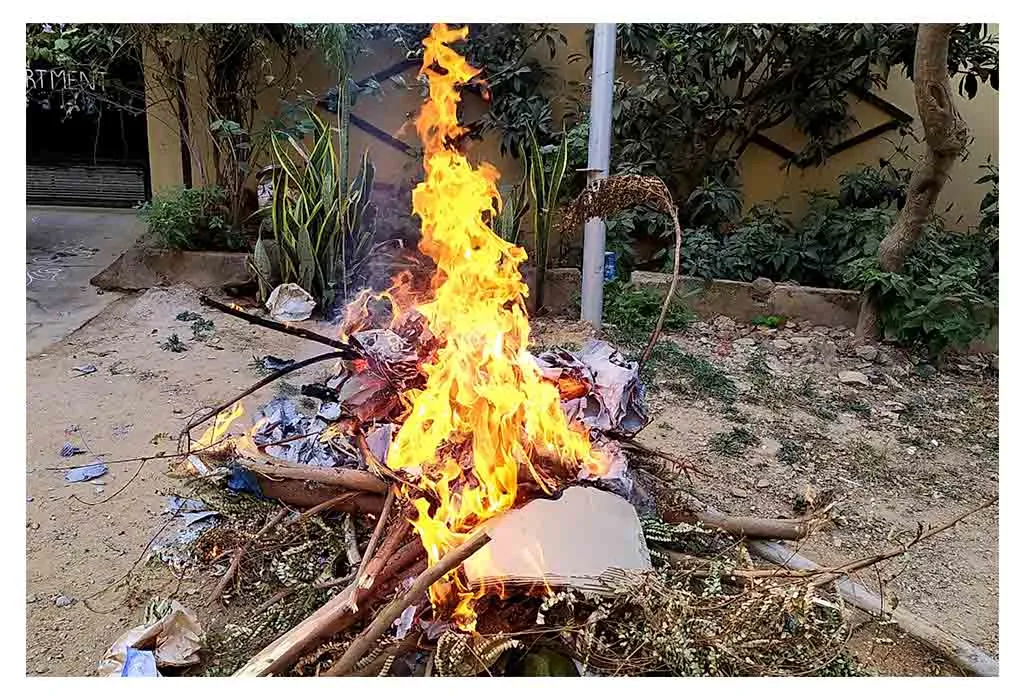
2. Perum Pongal
This is the second day of Pongal when people worship the Sun God and his consorts, Chaya and Saranyu. Old clothes are put into the fire as new ones are worn and everyone massages their bodies with oil before going for a bath. A special dish is made from sugar cane sticks in mud pots which are known as the Sakkarai Pongal.
3. Mattu Pongal
This is the third day of the Pongal festival where the cattle are revered and worshipped like deities. They are cleansed, massaged with oil, and adorned with garlands around their necks. Jallikattu is a special cattle race that is held on this day. Aarti is also done by women during this day to get rid of the Evil Eye, bad luck and misfortune. The festival gets pretty upbeat and lively during this occasion.
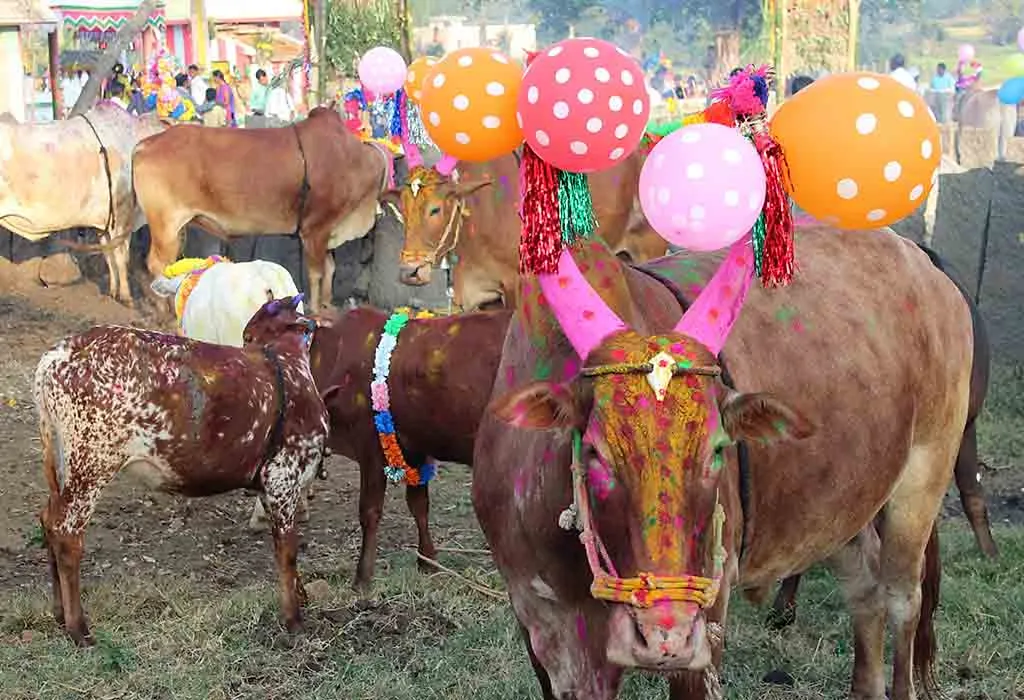
There’s a legend about this day. Lord Shiva ordered his bull Basava to tell the mortals on Earth to get an oil massage daily and eat once a month. However, the bull mixed this up by telling humans to eat every day and have an oil massage once a month. The angered God ended up sending the bull to Earth and forcing it into an eternity of ploughing fields for humans, thus marking the significance of the cattle race on this day.
4. Kaanum Pongal
On the final day of Pongal, the women of the house pay their respects to the Sun God by performing pujas and praying for their brothers. Kaanum translates to ‘visit’ and on this day, brothers send their regards to their married sisters. For the most part, families spend time on this day and have quality moments. The end of the festival is marked by placing dried turmeric leaves and different types of rice alongside sugarcane sticks as offerings to God.
The Many Faces of Pongal: Celebrating Diversity
Pongal, a festival rich in cultural diversity, is known by various names across different regions, each reflecting its unique regional significance. Here’s an exploration into the different names of Pongal:
- Thai Pongal – Predominantly in Tamil Nadu, Pongal is celebrated as Thai Pongal. The term “Thai” represents the Tamil month when the festival is observed, marking the commencement of the Tamil New Year.
- Poki Pongal – Among Tamil communities in Malaysia and Singapore, Pongal takes the name Poki Pongal. “Poki,” meaning “to boil” in Tamil, refers to the festival’s central tradition of boiling the Pongal dish.
- Hadaga Festival – In Sri Lanka, especially among Sri Lankan Tamils, Pongal is known as the Hadaga Festival, or simply the Harvest Festival. The term “Hadaga” highlights the celebration of the new rice crop, linking the festival to agricultural themes.
- Uzhiya Varthalai – In Kerala’s Tamil communities, the festival is celebrated as Uzhiya Varthalai. The words “Uzhiya” (burning) and “Varthalai” (festival) symbolize the festival’s tradition of lighting bonfires on the first day.
- Bhogi – In Andhra Pradesh and Telangana, the first day of Pongal is often called Bhogi. This name signifies the practice of discarding old items and embracing new beginnings, resonating with the spirit of renewal.
- Sankranti – In some North Indian regions with Tamil settlements, Pongal is sometimes celebrated under the name Sankranti, integrating local cultural elements into the festivities.
Popular Pongal Dishes
If you’re thinking of how to celebrate Pongal, you have to start with the dishes or recipes as that’s what makes the event. Popular Pongal dishes to make include Puran Poli, Cabbage Vada, Sakkarai Pongal, Ven Pongal, and Chidambaram Brinjal Gosthu. Chutneys are a part of Pongal dishes and popular ones like coconut and green chutney are served alongside a bowl of moong dal sambar.
1. Sakkarai Pongal
Celebrate the sweetness of Pongal with the traditional delicacy—Sakkarai Pongal! Made with freshly harvested rice, jaggery, and a touch of aromatic spices, this dish symbolizes prosperity and gratitude for a bountiful harvest.
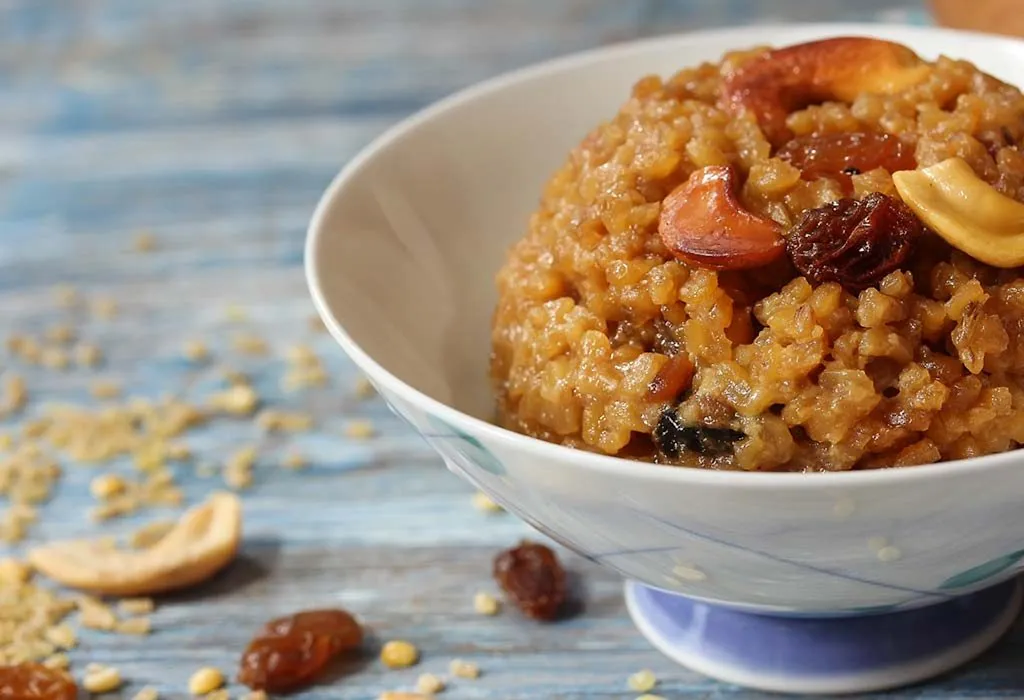
2. Ven Pongal
Ven Pongal is a classic South Indian comfort food made from rice and moong dal, flavored with aromatic spices and ghee. This creamy, savory dish is often enjoyed as a wholesome breakfast or festive offering, especially during Pongal celebrations.
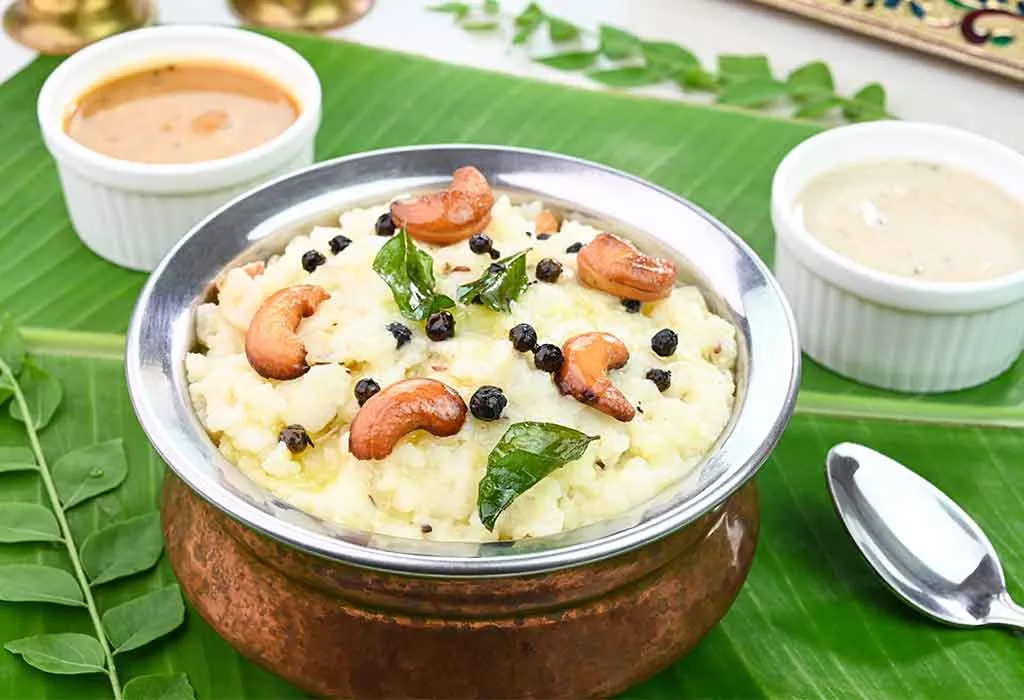
3. Moong Dal Sambar
Moong Dal Sambar is a delicious South Indian delicacy that combines the richness of lentils with the tanginess of tamarind and the aroma of freshly ground spices. Perfect for pairing with rice, idli, or dosa, this lighter version of the classic sambar is both nutritious and satisfying.
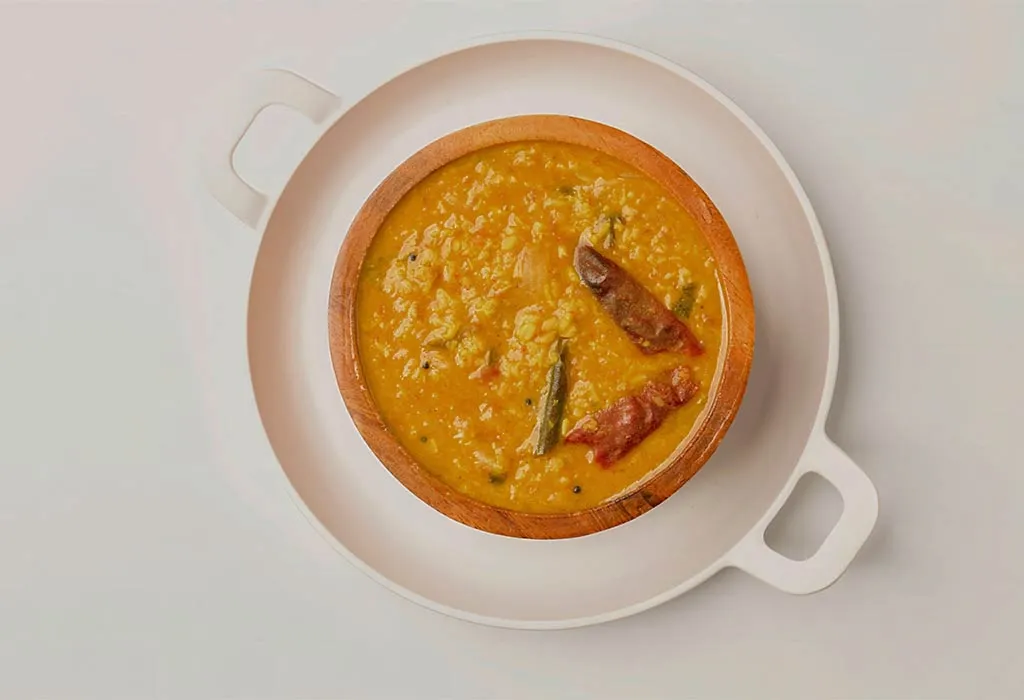
Is There Any Connection Makar Sankranti, Lohri and Pongal?
Lohri and Makar Sankranti are other names for the same festival. Lohri is the harvest festival of rabi crops and dedicated to the Sun God and is celebrated in north India. Makar Sankranti is celebrated in various parts of India to mark the shift of the sun. It’s a religious festival where laddoos made from jaggery and chikkis are given to everyone. Makar Sankranti also involves taking a dip in the rivers and washing away one’s sins.
Interesting Facts About Pongal Festival
Discover the vibrant and diverse traditions of the Pongal festival through these intriguing Pongal facts.
- Bonfire on Bhogi Pongal: The festivities of Pongal kick off with ‘Bhogi Pongal’, where a bonfire symbolizes the shedding of the old and the ushering in of the new. This tradition is observed on the last day of Margazhi.
- Cattle Reverence: Reflecting Lord Krishna’s teachings, cattle are honored on ‘Mattu Pongal’, the third day. This day is dedicated to celebrating and thanking bulls and cows for their contribution to agriculture.
- Jallikattu – The Bull-Taming Event: A highlight of the festival is ‘Jallikattu’, a bull-taming sport. Despite its controversy, it remains a significant and thrilling part of the celebrations.
- Kaanum Pongal – A Day for Reunions: The concluding day, ‘Kaanum Pongal’, is a time for family and friends to gather, often called ‘Kanya Pongal’, where siblings exchange gifts and blessings.
- Kite Flying: Coinciding with Pongal, the tradition of kite flying is prevalent in Gujarat and several other Indian states, symbolizing the transition from winter to spring.
- Sweet Offerings: The sweet dish ‘Pongal’, made of rice and jaggery, is a central part of the festival, symbolizing abundance and sweetness in life.
- Harvest Celebrations: Pongal is essentially a harvest festival, marking the end of the farming season and the abundance of crops like rice, sugarcane, and turmeric.
- Decorative Art – Kolams: Homes and public spaces are adorned with intricate ‘kolams’, a form of art using rice flour, signifying creativity and welcoming prosperity.
FAQs
1. What is the meaning of ‘Pongal’ in Tamil?
‘Pongal’ in Tamil refers to the act of boiling over, symbolized by rice boiling over in a pot during the festival.
2. Is Pongal different from Sankranthi?
While Sankranthi is the pan-Indian celebration of the new harvest, known by various names like Uttarayan or Bihu, Pongal is the Tamil-specific version of this festival.
3. How is Pongal dish prepared?
The sweet dish Pongal is prepared by boiling rice with milk and green gram, sweetened with jaggery, and often enriched with cashew nuts, cardamom, raisins, and ghee.
4. What are the symbols associated with Pongal?
Key symbols of Pongal include the Sun, a chariot, wheat grains, a sickle, and the decorative art of Kolam.
5. Why is Pongal celebrated for four days?
Pongal spans four days to mark different aspects of life: honoring the rain god and discarding the old on Bhogi, celebrating the Sun on Thai Pongal, revering cattle on Mattu Pongal, and strengthening family bonds on Kaanum Pongal.
The spirit of Pongal is all about abundance and showing gratitude to the Sun God and deities. As long as you remember this and incorporate the vibes into the festival, it will be a huge hit for you and your family. Tamilians around the world celebrate Pongal with full zest and fervour, so it doesn’t matter where you live or where you are as long as you stick to the dates, rituals, and dishes.
Also Read:
How to Make Sweet Pongal?
Traditional Pongal Recipes
Beautiful Pongal Wishes, Messages & Quotes
Was This Article Helpful?
Parenting is a huge responsibility, for you as a caregiver, but also for us as a parenting content platform. We understand that and take our responsibility of creating credible content seriously. FirstCry Parenting articles are written and published only after extensive research using factually sound references to deliver quality content that is accurate, validated by experts, and completely reliable. To understand how we go about creating content that is credible, read our editorial policy here.






